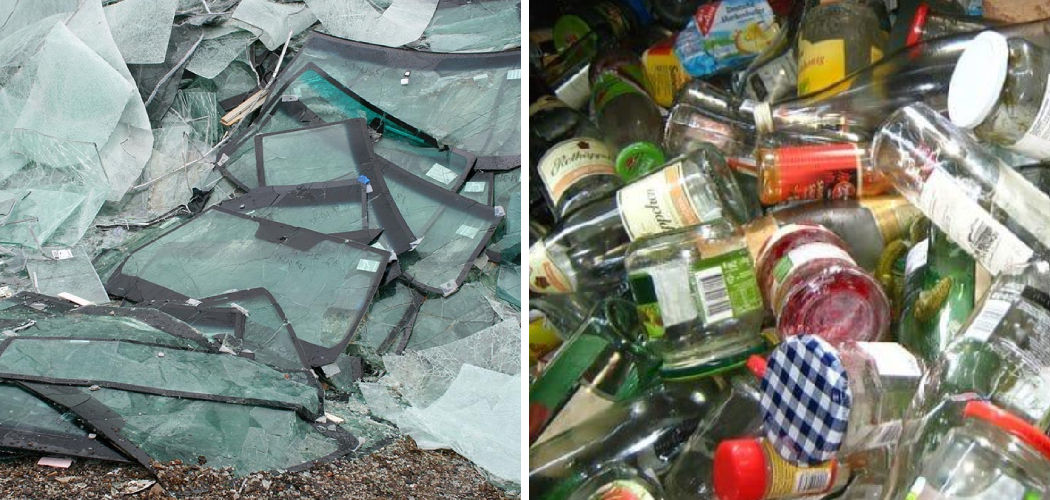Recycling old safety glass is an important step in reducing waste and conserving resources. Safety glass, commonly found in car windows, shower doors, and other durable applications, is designed to be strong and shatter-resistant. Its unique composition means it cannot be recycled in the same way as regular glass, but there are specific processes and facilities that can handle it properly.
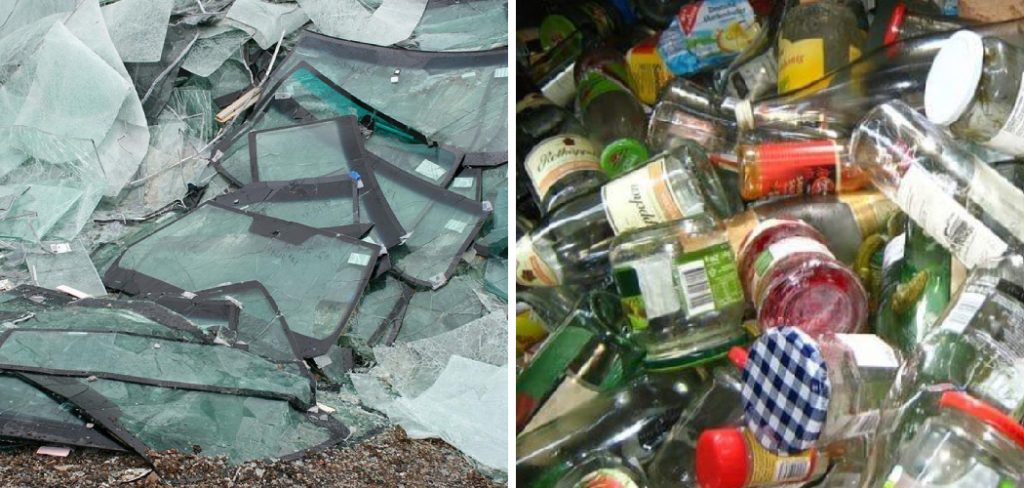
This guide explores the key aspects of how to recycle old safety glass. By understanding how to recycle safety glass, you can contribute to environmental sustainability while ensuring that valuable materials are repurposed effectively.
What Makes Safety Glass Different
Safety glass is distinct from regular glass due to its specialized construction, which enhances durability and safety. Unlike standard glass that can break into dangerous, sharp shards, safety glass is designed to minimize the risk of injury upon breaking. It is typically produced in two main forms: tempered glass and laminated glass.
Tempered glass undergoes a heat and cooling process that strengthens it and causes it to crumble into small, less harmful pieces when shattered. Laminated glass, on the other hand, consists of two or more glass layers bonded with a plastic interlayer, ensuring that the glass remains largely intact when broken. These advanced features make safety glass an essential component in various applications but also require more complex recycling processes compared to regular glass.
Importance of Recycling Safety Glass
Recycling safety glass plays a vital role in promoting environmental sustainability and reducing the strain on natural resources. Because safety glass is designed to be more durable and complex than standard glass, failing to recycle it properly can result in increased landfill waste and missed opportunities to recover valuable materials. By recycling safety glass, materials such as glass and plastic interlayers can be repurposed for manufacturing new products,
reducing the need for raw material extraction and lowering energy consumption. Additionally, proper recycling helps to minimize environmental pollution by preventing hazardous glass fragments or chemicals from contaminating soil and water. Ultimately, recycling safety glass supports the circular economy and helps protect the planet for future generations.
10 Methods How to Recycle Old Safety Glass
1. Separate Layers of Laminated Glass
Laminated safety glass, commonly used in windshields and building windows, consists of glass sheets bonded with a polyvinyl butyral (PVB) interlayer. Recycling laminated glass involves separating the glass from the PVB layer. This can be achieved through mechanical or chemical processes. For example, shredding the glass and then using heat or solvents to dissolve the PVB allows the glass and plastic components to be recycled separately.
The glass shards can be reused in new products, while the PVB can be processed into other materials like adhesives or sealants.
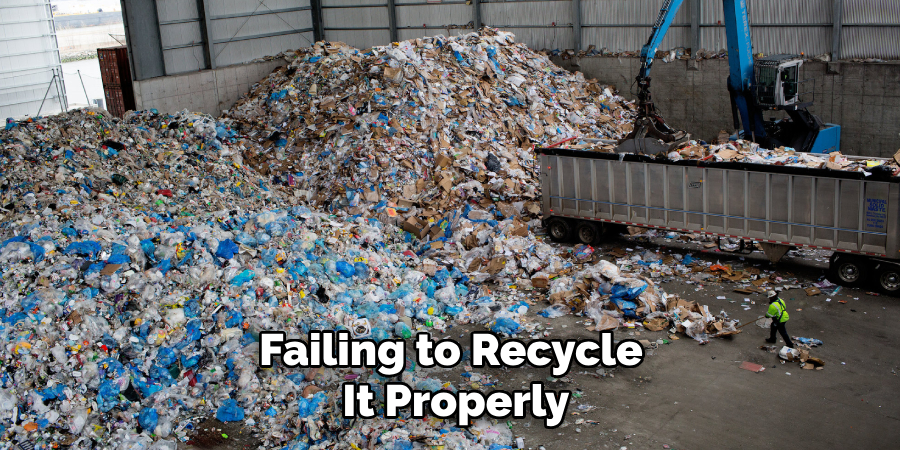
2. Crushing and Reusing as Aggregate
Old safety glass can be crushed into small pieces and used as aggregate in construction materials. Crushed safety glass can be incorporated into concrete, asphalt, or terrazzo flooring to enhance durability and aesthetic appeal. This method not only diverts waste from landfills but also provides a cost-effective alternative to traditional aggregates, reducing the environmental impact of construction projects.
3. Repurposing for Artistic Creations
Safety glass fragments can be repurposed for artistic and decorative purposes. Artists and designers can use shattered safety glass to create mosaics, sculptures, or glass art installations. The unique texture and appearance of safety glass make it an attractive material for creative projects. This method not only recycles the glass but also adds value by transforming waste into unique works of art.
4. Recycling into Insulation Materials
Safety glass can be processed into glass wool, a common insulation material used in buildings. Glass wool is made by melting down glass and spinning it into fine fibers. Recycled safety glass serves as a suitable raw material for this process, helping to reduce energy consumption in the manufacturing of insulation products.
The resulting glass wool provides excellent thermal and acoustic insulation properties, making it a valuable addition to sustainable building practices.
5. Manufacturing Glass Sand
Recycled safety glass can be ground into fine particles to create glass sand. This versatile material is used in various applications, including sandblasting, water filtration, and even beach restoration projects. Glass sand made from safety glass is an eco-friendly alternative to natural sand, helping to alleviate the environmental impact of sand mining.
The grinding process also ensures that sharp edges are smoothed, making it safe to handle.
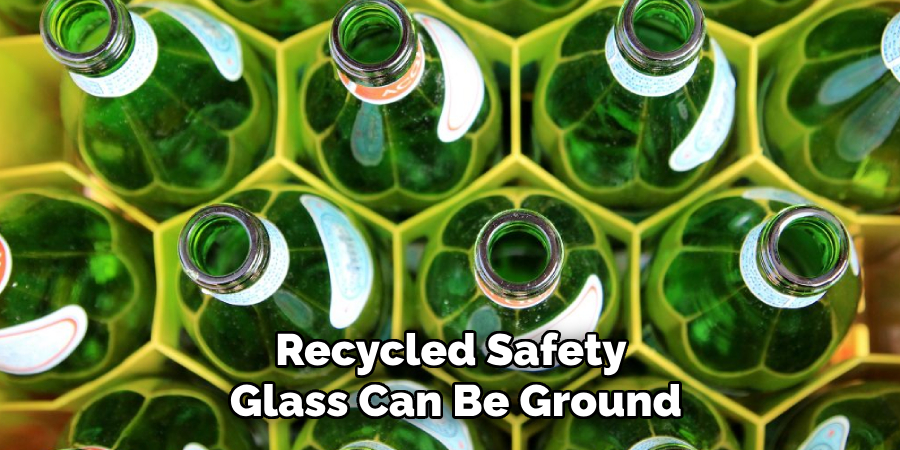
6. Upcycling into Furniture and Home Decor
Another creative way to recycle old safety glass is by upcycling it into furniture and home decor items. Safety glass can be used to create tabletops, shelves, or decorative panels. Its strength and durability make it an ideal material for functional and visually appealing pieces. Upcycling not only extends the life of the glass but also reduces the demand for new raw materials, contributing to a circular economy.
7. Converting into Road Marking Beads
Recycled safety glass can be melted and reformed into tiny beads used in road marking paint. These beads enhance the reflectivity of road markings, improving visibility and safety for drivers. This recycling method is particularly beneficial because it provides a sustainable source of material for a critical public safety application. The high-quality glass from safety glass ensures that the beads are durable and effective.
8. Creating Eco-Friendly Building Blocks
Old safety glass can be incorporated into eco-friendly building blocks or bricks. By combining crushed glass with concrete or other binding materials, manufacturers can produce strong and sustainable construction blocks. These blocks are not only durable but also provide thermal and acoustic insulation properties, making them suitable for various building projects.
This method offers an innovative way to repurpose safety glass for sustainable construction.
9. Developing Recycled Glass Tiles
Recycled safety glass can be transformed into tiles for use in kitchens, bathrooms, or as decorative wall coverings. The glass is melted and reshaped into tiles, often incorporating color or patterns to create unique designs. Glass tiles made from recycled safety glass are durable, easy to clean, and highly resistant to moisture, making them an excellent choice for both residential and commercial spaces. This method adds significant value to recycled materials while reducing waste.
10. Utilizing as Landscape Mulch
Safety glass can be tumbled to remove sharp edges and used as a decorative landscape mulch. Recycled glass mulch is available in various colors and adds an attractive touch to gardens, pathways, and planters. It also provides functional benefits, such as reducing weed growth and retaining soil moisture. This method offers a practical and visually appealing solution for recycling safety glass in landscaping projects.
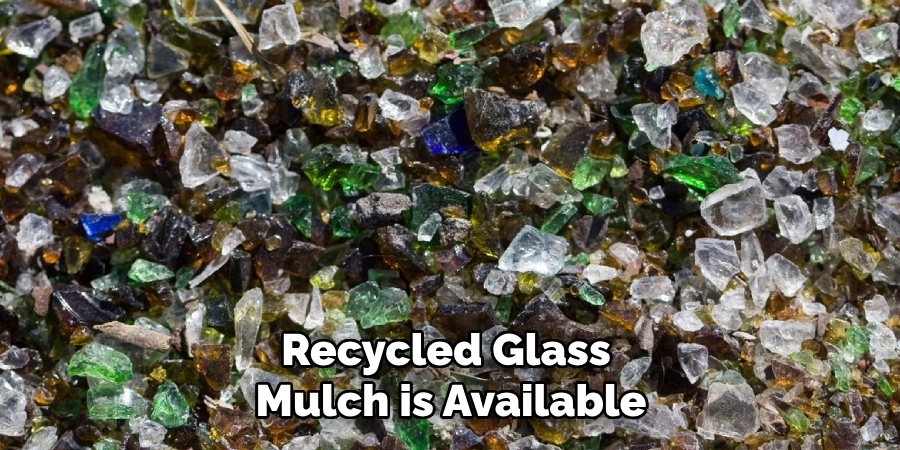
Maintenance and Upkeep
Proper maintenance and upkeep of recycled safety glass products are essential to ensure their longevity and continued functionality. For instance, glass tiles and countertops made from recycled safety glass should be cleaned regularly with non-abrasive cleaners to prevent scratches and maintain their luster. Similarly, recycled glass mulch used in landscaping projects may require occasional washing to remove dirt and debris, preserving its vibrant appearance.
For applications such as road marking beads or insulation materials, periodic inspection during their service life is crucial to guarantee their performance and integrity. Taking these simple steps helps maximize the benefits of recycled safety glass while supporting sustainability efforts.
Troubleshooting Common Issues
While recycling and repurposing safety glass offer numerous benefits, certain challenges may arise during the process. Addressing these issues promptly ensures the efficiency and effectiveness of recycling efforts.
1. Contamination in Recycled Glass
One common issue is contamination, where recyclables may contain other debris such as plastic, paper, or organic material. This can degrade the quality of the recycled glass and limit its usability in specific applications. To mitigate this, ensure thorough sorting and cleaning of safety glass prior to recycling to remove unwanted materials.
2. Sharp Edges and Safety Concerns
Although safety glass is designed to break into small, blunt pieces, improper handling or processing can leave sharp edges, posing a hazard. Using industrial tumblers or grinders to smooth the edges can eliminate this risk. Proper protective equipment such as gloves and goggles should also be used when handling recycled glass.
3. Equipment Wear and Tear
Processing safety glass into new products can result in significant wear and tear on machinery, particularly during grinding or melting processes. Regular maintenance of equipment is essential to avoid downtime and ensure consistency in processing.
4. Uneven Particle Sizes
During the crushing or grinding of safety glass, variations in particle size can occur, which may impact the performance or aesthetics of the end product. Implementing advanced sieving or screening methods can help achieve uniform particle sizes appropriate for specific applications.

Conclusion
Recycling and repurposing safety glass present innovative and sustainable solutions to reduce waste while conserving natural resources. From creating eco-friendly building materials to enhancing road safety and developing decorative elements, the versatility of recycled safety glass demonstrates its value in various industries. Addressing challenges such as contamination and equipment upkeep ensures the effectiveness of recycling processes and maximizes the benefits of this environmentally friendly practice.
Thanks for reading, and we hope this has given you some inspiration on how to recycle old safety glass!

